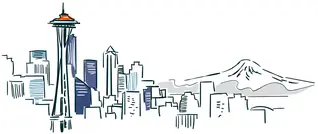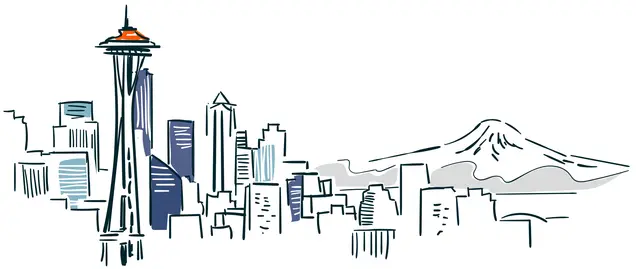
I keep seeing Return to Office (RTO) news in the tech industry and the cultural divide it is causing. In general, people fall into one of two camps:
1. Everyone should return to the office full-time to maximize collaboration, brainstorming, and morale.
2. Everyone should be permanently remote forever; we’ve proven we can do this during the pandemic.
The compromise then assumed by companies is that a mandatory RTO 2-3 days/week strikes the balance between the two sides. But this is a bad compromise that comes out of a false dichotomy. As there is a third option, one I argue most people want: to be permanently remote, but have optional office space to be used when needed.

Throughout my career, I have seen this process called quarterly planning become more and more popular across multiple companies for reasons I don’t understand. At a high level, quarterly planning could not be a better example of the now-antiquated waterfall methodology. What’s the issue with that? Well, keep reading.

Now that I have laid out my thoughts enough about TPM to “open to floodgates” so to speak, I want to discuss a topic that immediately comes up: what’s your recommended organizational (org) structure? I have lived both the integrated team structure at Amazon, where TPMs, Software Development Engineers (SDEs), and Software Development Engineers in Test (SDETs) all report to Engineering Managers (EMs/SDMs). But I have also lived the functional team structure at the company formerly known as Facebook, where TPMs report to TPM managers (Group TPMs) and SDEs report separately to EMs. The org overlaps at the Chief Technology Officer (CTO) level, but not before; from the TPM perspective, I sometimes call this model a Technical Program Management Office (TPMO).
So, which is better? Or is there a hybrid in between the two models you recommend? Let’s dig in!

This is the second part of a series about defining the Technical Program Manager (TPM) role. There are “four P’s” we need to address and reconcile with one another: 1. Program 2. Product 3. Project 4. Portfolio
Throw in the “technical” adjective to the above terms, and there are eight separate industry roles that are inconsistently defined that are often the same thing. Spoiler alert: I do not believe there are eight separate roles in this space. Which roles do make sense together, well, that’s what this post is for.

If you see my About page, you’ll notice that I am a Technical Program Manager (TPM). “So uh, what is that?” you might wonder. This post is the first of a series to define the role. As much as I would love to immediately dive in and start explaining the role, some initial context is required up front.

If you read tech blogs at all, you’ll come across hundreds of “do these simple things to elevate your career,” or some other buzz-worthy headline. And you’ll read it, and if you’re like me, think “thanks for the high level information I already knew with no examples or data to explain or prove the value…” /sarcasm. So, what’s this post, then? Well, my own version, of course! But with a few key differences…

Earlier this year, I started blogging for the first time on Medium. This is great, I thought. So easy; why haven’t I done this before? But then I quickly ran into issues with the Medium paywall. Ah; there’s the catch, I realized. While I am not against Medium having a paywall, it didn’t make sense for my use case – I didn’t want any of my stories to be behind a paywall of a company that wasn’t mine, after all!

I recently had an idea for a series covering desired customer experience (CX) improvements based on experience. Be they product issues, operational issues, or in true TPM fashion, a combination of all the things, writing about such issues is one way to bring awareness to hopefully lead to improvement! As a believer in serendipity, my timing couldn’t have been better, as just 24 hours after having this thought, I was living through bedlam in Miami.

When COVID-19 first hit the US in March, 2020, most of us were only sure about one thing: a serious global pandemic was beginning, and we had to adapt in order to survive. I am lucky to work in tech, where an industry-wide pivot to remote work has occurred. While this immediate, unplanned shift was scary at the time for cultures unaccustomed to remote work, we were lucky to have many existing resources as a starting point¹. However, these resources tend to focus on the high-level, cultural shifts for remote work. But when it comes to the tactical execution of such a transition, well, that’s a whole other ballgame.

It was October, 2019 when I realized that I was going to change jobs (from Facebook to Zillow). I was excited, but it was bittersweet; I was working with a lot of great people, and it was going to be hard to say goodbye. On top of that, I was in the middle of a project, and I am not one to leave without having a strong transition plan. So, I pushed my start date to January 2020 so that I could have the time needed to wrap things up and leave my current teammates in a good spot. While I don’t regret this decision, it had unintended consequences that I only just learned about this week, more than two years later in February, 2022.











